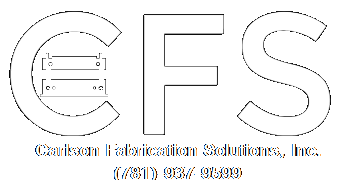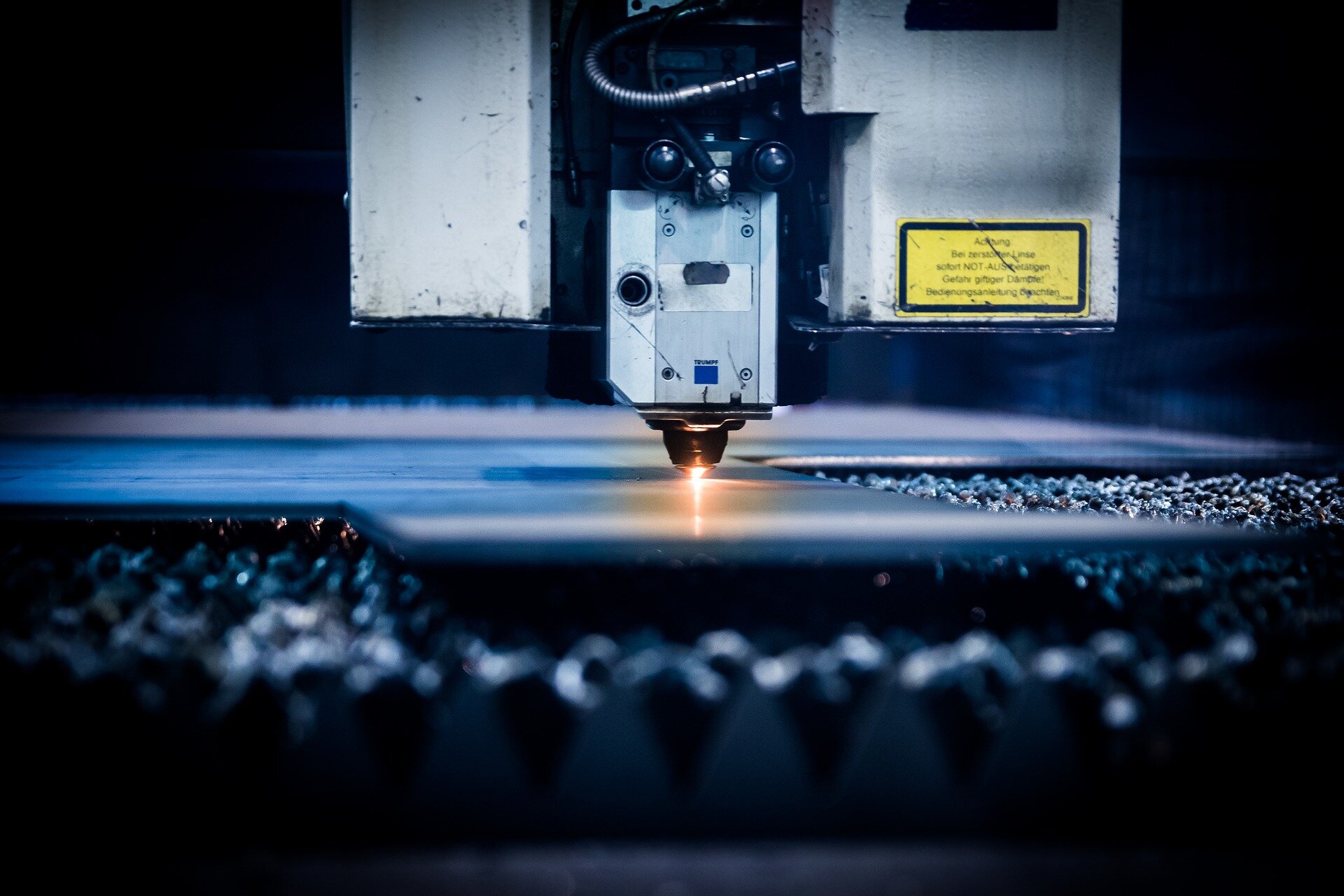BENEFITS OF USING A FIBER LASER VS A CO2 LASER FOR METAL CUTTING
The advent of fiber laser cutting machine has been the biggest game-changer in sheet metal fabrication since the 1980s when CO2 cutting was first introduced to the metal fabrication industry. When compared to CO2 lasers, fiber laser technology has really pushed the boundaries of laser cutting into a whole new era.
How did fiber lasers change the game
Within five years of introducing fiber laser, it reached a cutting range of 4kW, a feat that took CO2 lasers about two decades to achieve. Within another five years, fiber lasers were able to reach a threshold of over 10kW, something CO2 can never do. Even some fiber lasers can do beyond 20kW, but those are useful for industries aside from sheet metal cutting. Since sheet metal processing typically deals with metal under a quarter of an inch, too many kilowatts can just be overkill for cost and energy consumption. The ideal machines for sheet metal processing typically fall within 4-8kW, and the speed/accuracy are the most important factors to consider.
The fiber laser beam uses a laser generator to produce a laser beam with high power density. The laser beam hits the surface of the material through the optical path system until the material gets to its boiling or melting point. Just like the CO2 laser, there is a high-pressure gas that blows the material melt away.
FIBER VS CO2 LASER CUTTING
Aside from the impact it has had on the industry, fiber laser machining has plenty of advantages over the CO2 laser:
1. Fiber lasers require little or no maintenance and part replacement as compared to CO2 lasers that require periodic and yearly maintenance and part replacement. This affects the overhead cost of the company.
2. Fiber lasers provide a reduction in power loss and higher energy efficiency because it adopts a laser optic cable as against mirrors and channels being used by CO2 laser cutting machines. This also means that a Fiber laser will reduce the cost of production.
3. Fiber lasers produce more focused beams on the metals. This is due to the fact that the fiber laser frequency is ten times more than that of CO2 because the former has a shorter wavelength.
4. Fiber laser machines offer superior cutting accuracy and sharp cutting edge. The cutting table makes sure the cutting process is stable.
5. The need for sheet metals in the manufacturing industry is increasingly becoming more significant. The fiber laser machine is best suited for sheet metals, as it can take care of this demand, while CO2 laser machines are best used for cutting thick plates.
6. A 2kW Fiber laser has a focused beam that possesses five times the power density at a focal point compared to a 4kW CO2 laser. The fiber laser beam will also have about three times more absorption characteristic due to its shorter wavelength.
7. The high absorption and power density characteristics of fiber lasers, created by the focused beam, makes it cutting speed to be five times faster when operating on materials that are less than one-fourth of an inch thick.
8. Fiber laser machines can run on a dual interchangeable platform, such that the workpiece and the finished sheet can be loaded or unloaded automatically. This will reduce time-wasting and the stress of doing a repetitive job.
Want to learn more about fiber and co2 lasers?
Carlson is NEW ENGLAND’S OFFICIAL DEALER OF MITSUBISHI’S MC MACHINERY
For more information, also see:




